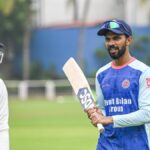“I did not choose to dance; dance chose me,” says internationally acclaimed Malaysian dancer Datuk Ramli Ibrahim, echoing American modern dancer-choreographer Martha Graham. It remains one of the favourite quotes for Ramli as he stands tall in the world of Indian classical dance. As the founder of the Sutra Dance Theatre in Malaysia, Ramli has been displaying an unparalleled dedication to take the nuanced and dynamic style of Odissi dance to global audiences.
Ramli was in India recently to attend Naman 2024, a prestigious annual Odissi dance festival organised by the Nrityantar Academy of Performing Arts in Bengaluru. “As dancers, you are interpreters. The more you give, the more you shine. Dance or the goddess of dance is your fate. You have to be mad. It’s divine madness,” Ramli says during an engaging interaction with the Bengaluru dancers.
Winner of the Sangeet Natak Akademi Award for Odissi in 2012 and Padma Shri in 2018 for his overall contributions to Indian classical dance, Ramli added a significant layer of depth to Naman 2024 as a cultural icon with four decades of international experience.
At 71, Ramli does not look his age. He was given a standing ovation when his troupe performed An Invitation to Odissi, a tribute to the Guru Debaprasad Das school of Odissi at Naman 2024.
Love for Kerala
During a chat with this paper, Ramli reminisced his memorable date with Kerala when he performed at Nishagandhi Festival, Thiruvananthapuram, back in 2010 and 2012. “I love to perform in Kerala. I will be happy to perform in Palakkad in particular,” he said, inquisitively asking about the big puppets used in Kerala’s traditional art form Tholpavakkootthu.
The second Malaysian to be given India’s Padma Shri Award after Malaysian freedom fighter Janaky Athi Nahappan, Ramli has been India’s cultural ambassador in Malaysia. When in India, he is Malaysia’s cultural ambassador. He changed the dance scene in Malaysia by bringing wide acceptance for Odissi there.
He has collaborated with many an international artiste. Among them was Malayalam filmmaker Shaji N. Karun, whose documentary named The Thinking Body was shot by the river Ganga. “The mood Shaji captured was how a dancer’s body is motivated by its own science and intelligence. It was by the river Ganga. Anyone who dances there could be touched by the ancient river’s palpable divinity,” he said.
Ramli and his Sutra Dance Theatre have transcended many cultural, artistic and political hurdles in Malaysia, including bigotry. “Today, Sutra remains testimony to the liberating presence of arts in Malaysia,” he said.
“Politics is everywhere. I am doing Indian classical dance in Malaysia, which is undergoing a lot of fundamental turmoil. It depends on how you negotiate. Life is so relative. What one person thinks may not be right for you,” he told dancers.
In India, according to Ramli, the dancer’s body is a temple; in other places, the body is a palace and the soul is the Raja. “Dance is a metaphor, and you work with metaphor,” he said.
“Modernity,” he said, “is an individualistic point of view. Tradition is very much a collective. Modernity can exist within the tradition; but you have to know the rules before you break them.”
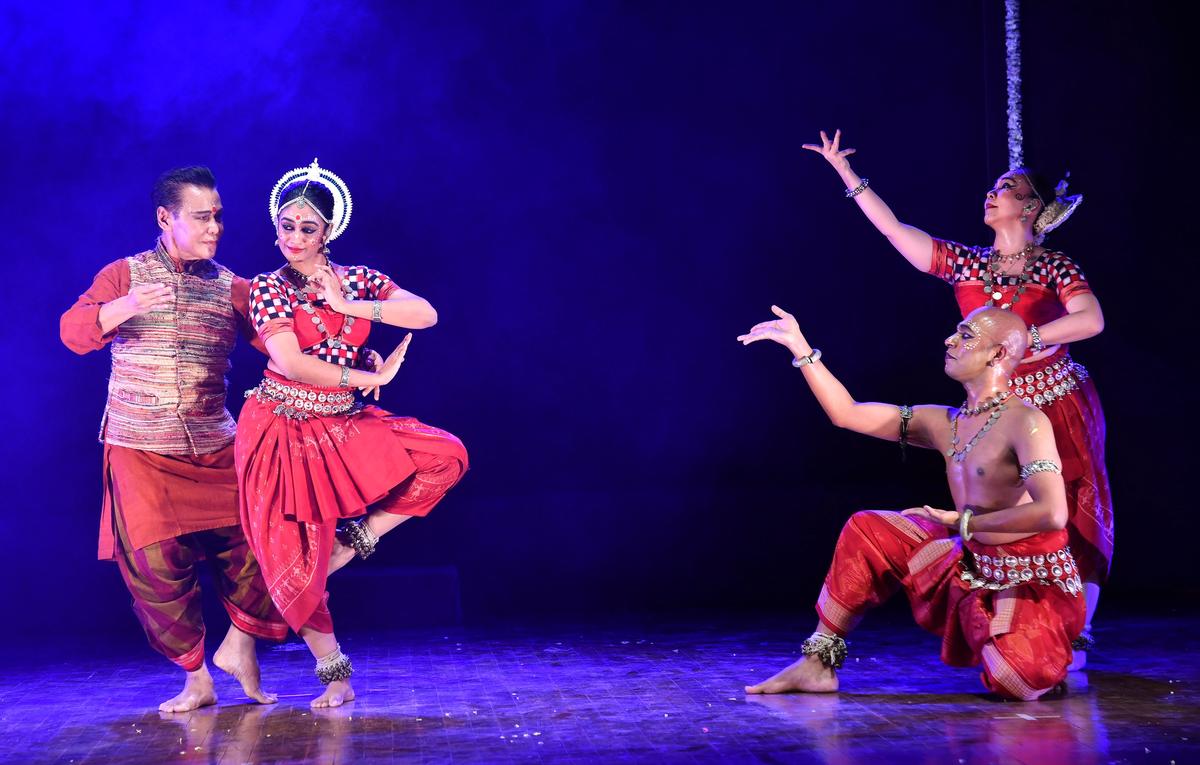
Ramli Ibrahim and his Sutra dancers performing An Invitation to Odissi.
Even when admitting that Odissi has infinite possibilities, Ramli advises the dancers to be a bit more sexy. “This is a tougher world to survive, a world of 45-second reels. You can’t afford to relax in this time. You should understand the nuances,” he said.
An Invitation to Odissi
Ramli’s ‘An Invitation to Odissi’ opened with Mangalacharan (Ganga Taranga), an invocatory piece paying homage to the sacred river Ganga. This was followed by Sthai, a complex dance showcasing the foundational movements of Odissi, highlighting the dancers’ technical mastery.
The ashtapadi Lalita Lavanga, a love poem from Jayadeva’s Gita Govinda, was performed with an interplay of expressions and intricate footwork. The performance concluded with Suryastaka, a tribute to the Sun god, which embodied the spiritual fervour and grace defining the Debaprasad Das style. Ramli’s reworking of these classical pieces did not merely preserve tradition but also infused them with contemporary sensibilities, making the performance accessible to modern audiences while retaining its authenticity.
Ramli took on the role of the sutradhar (narrator), guiding the audience through each piece, explaining the nuances of the dance movements, expressions and the storytelling tradition inherent in Odissi. His presence on stage, even as a narrator, added depth and connection to the performance, immersing the audience in the emotions and mythology expressed through each dance.
Dancers Geethika Sree, Tan Mei Mei and Vickneshwaran performed with precision and passion under Ramli’s direction. Each of them shone individually, yet together, they wove a seamless narrative that captured the essence of the Debaprasad Das style. They got a full house standing ovation
Siya Ram premiere
The Nrityantar dance ensemble premiered its latest production Siya Ram to a standing ovation at the Naman festival. It was a dance drama unfolding the timeless tale of love, devotion and valour between Sita and Ram, set against the rich backdrop of the Ramayana.
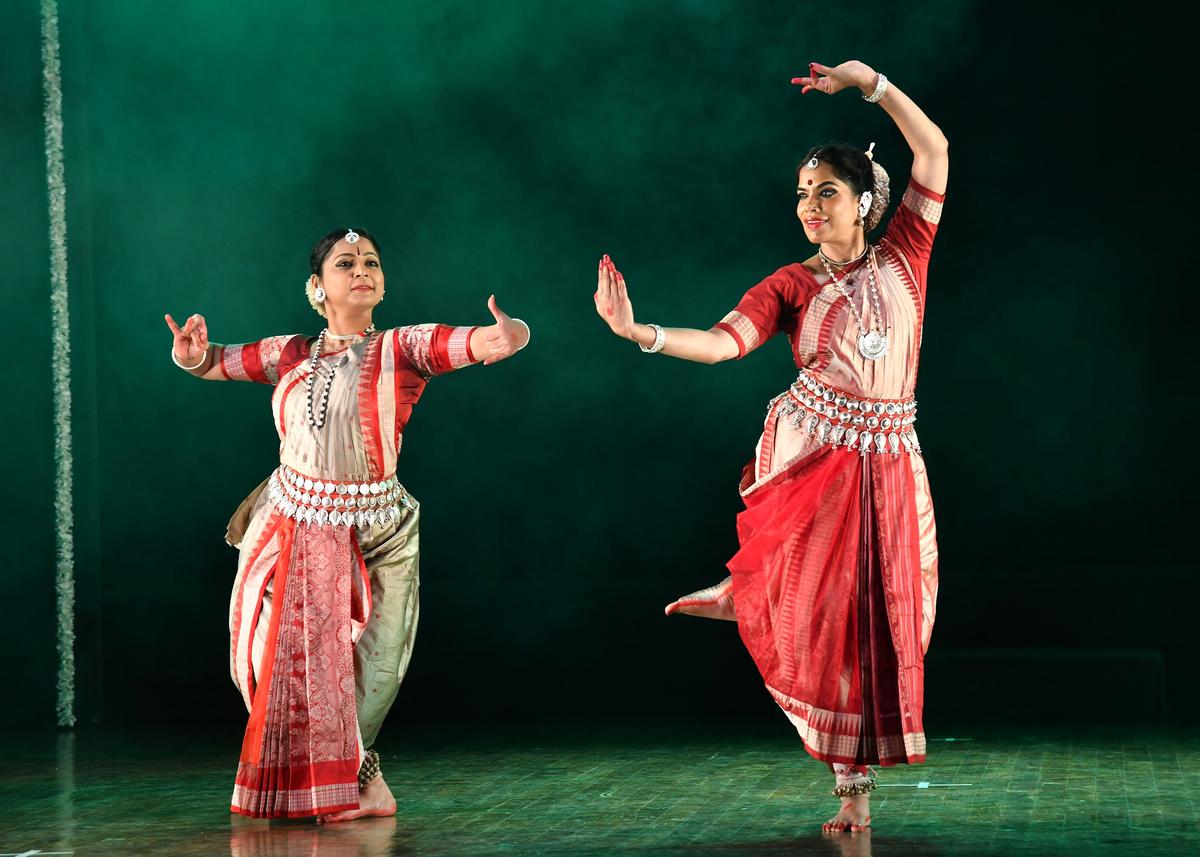
Rashmi Divakaran (Ram) and Madhulita Mohapatra (Sita) in a romantic scene in Siya Ram.
The narrative opened in Ravana’s Ashok Vatika where Sita was ruminating her beautiful time with Ram. The flashback to the first meeting of Ram and Sita was depicted with exquisite choreography set to a lyrical pallavi. The Swayamvara scene infused a lot of energy as several suitors, including Ravana (enacted by Sahana Raghavendra Maiya), failed to string Shiva’s bow, while Ram effortlessly broke it, symbolising his victory and love for Sita.
Rashmi Divakaran gently embodied the divine aura of Ram. The subsequent celebratory Odia song, depicting Ram’s return to Ayodhya, captured the joyous mood. As the story progressed, the intense duet between queen Kaikeyi (played by Nandhana Sashikumar) and Manthara (enacted by Dr. Anupama Kumar), who cunningly convinced the queen to demand Ram’s exile, marked a dramatic shift. Manthara’s manipulative tactics, portrayed with slow, scheming movements and intense music, contrasted with Sumana Das’s portrayal of a heartbroken King Dasharatha.
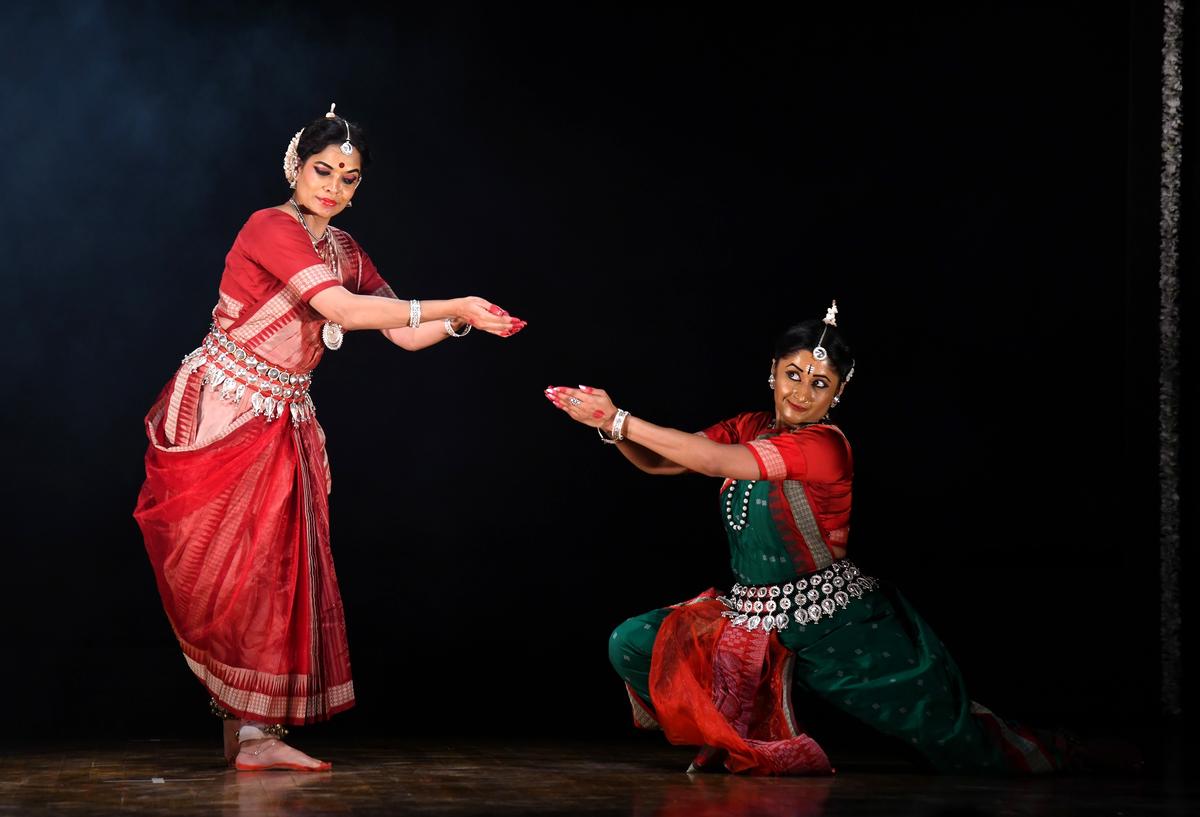
Sahana Raghavendra Maiya (Ravana) seeking alms from Sita disguised as an ascetic.
The scenes of their life in the forest captured the simple and happy existence of Ram, Sita and Lakshmana, reflecting the harmony and peace of their exile. Surpanakha, portrayed by Soni Tarasia, made a striking entry, blending humour with intense drama. At first appearing as a beautiful damsel, she swiftly revealed her demonic form after being spurned by Ram and Lakshmana, leading to a climactic moment where Lakshmana severed her ear and nose.
The encounter with the golden deer, where demon Maricha transformed into a captivating creature to lure Ram away, was mesmerising, leading to Sita’s earnest plea for Ram to capture it. Angeleena Avnee brought Maricha, the golden deer, to life with grace and agility as she danced and pranced across the stage. The tension escalated as Rama left, and Maricha’s deceitful cry set the stage for Ravana’s abduction of Sita.
Sahana Raghavendra Maiya’s portrayal of Ravana, shifting from a disguised ascetic to his true, menacing form, was chilling, with his powerful dance and expressions embodying arrogance and malevolence. The confrontation between Ravana and Jatayu, the noble vulture, was fascinating. The valiant Jatayu, depicted through sweeping dance movements, fought Ravana to save Sita but was fatally clipped. The sorrowful music accompanying Jatayu’s fall added a poignant layer of sacrifice to the scene.
The narrative then shifted to the efforts of Hanuman, who leaped across the ocean to find Sita in Ashok Vatika, reassuring her and promising Ram’s arrival. Aditi Das’s portrayal of Hanuman was full of energy and devotion, and offered a comic relief. The final battle between Ram and Ravana was a spectacle with vigorous dance movements, rhythmic use of traditional dhols and energetic choreography, culminating in Ram’s victory and Ravana’s defeat.
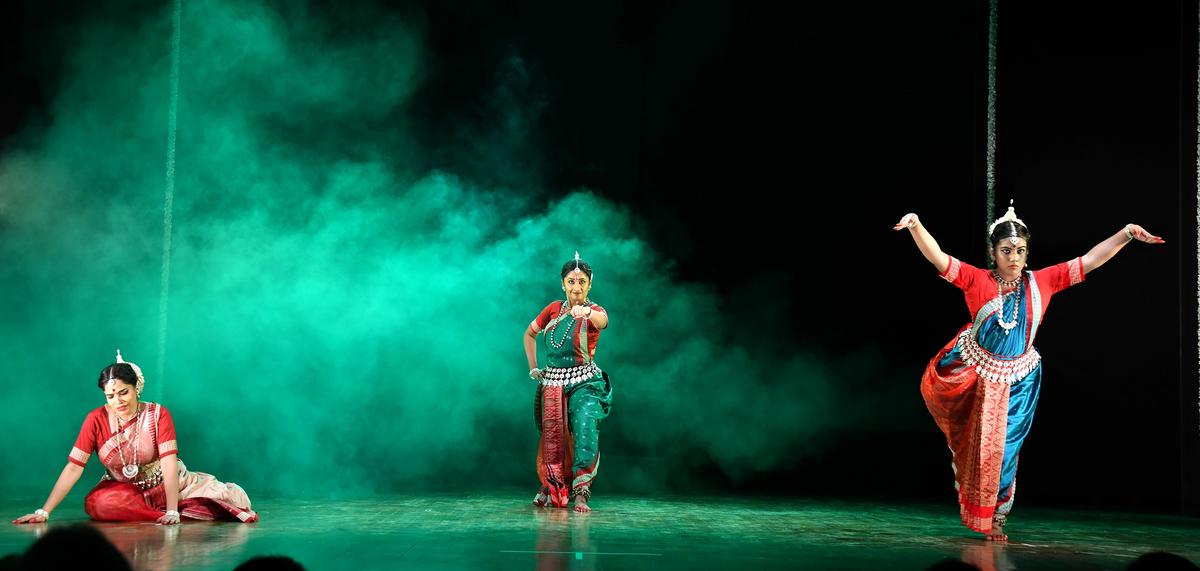
The Jatayu-Ravana fight scene from Siya Ram
The reunion of Ram and Sita, marked by a soulful song, brought a sense of closure and emotional fulfilment, celebrated through a vibrant ensemble dance. Each dancer, from Madhulita Mohapatra as Sita, Rashmi Divakaran as Ram, Prishna Sinha as Jatayu, Dr. Anupama Kumar as Manthara, Angeleena Avnee as Maricha, Soni Tarasia as Surpanakha, to Sahana Raghavendra Maiya as Ravana, delivered a nuanced performance, with the choreography, music and execution reflecting the depth of their characters and the epic’s narrative.
Directed and choreographed by Madhulita Mohapatra, with music composed by Rupak Kumar Parida and rhythm by Guru Dhaneswar Swain, Siya Ram: The Eternal Saga was a masterful retelling of the epic. It could leave the audience with a lasting impression of the eternal values of love, faith and the triumph of good over evil.
ODC performance
Dancers of Odissi Dance Centre (ODC) under the guidance of Devjani Sen, a disciple of the legendary Kelucharan Mohapatra, presented two dance pieces, Rasamanjari Pallavi and Hanuman Chalisa, each offering a glimpse into the troupe’s approach to Odissi dance.
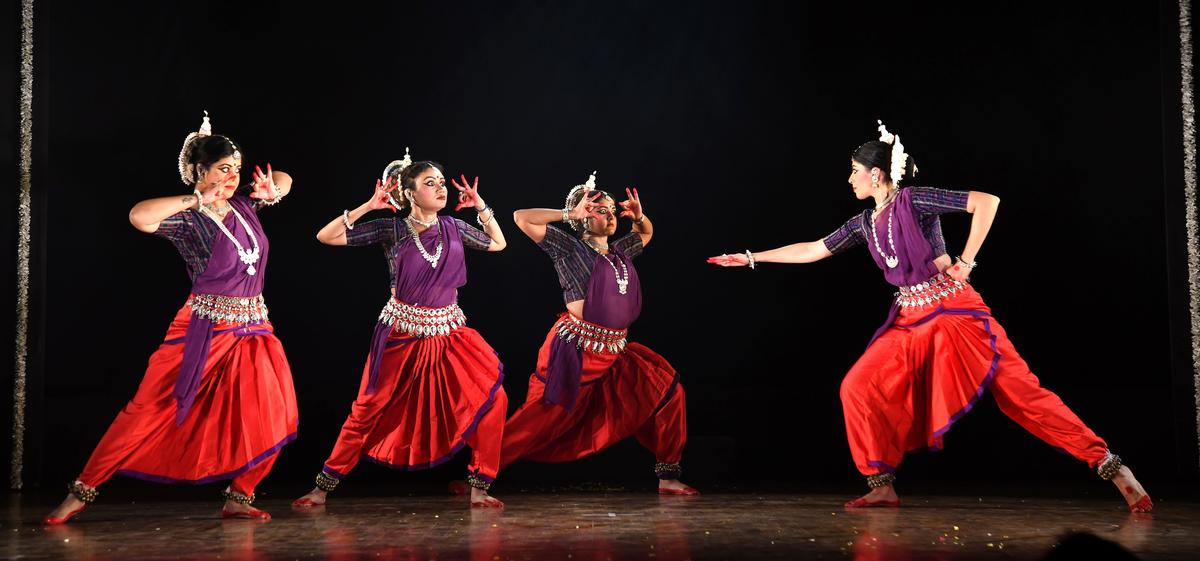
Dancers of Odissi Dance Centre performing at Naman 2024.
In Rasamanjari Pallavi, their opening piece, set to Raga Khamaj and composed by Binod Panda, dancers maintained the grace and foundational technique characteristic of odissi with decent coordination among dancers. Devjani’s latest choreography on Hanuman Chalisa, was set in Raga Maalika and Tala Maalika, with music composed by Sukanta Kumar Kundu. With clear narrative intent, dancers managed to convey the essence of the composition with synchronisation and energy. Aditi Rajpal, Akshatha N. Tirumale, Anavi Mullick and Sohini Guha performed for ODC.
Published – October 17, 2024 09:47 pm IST

